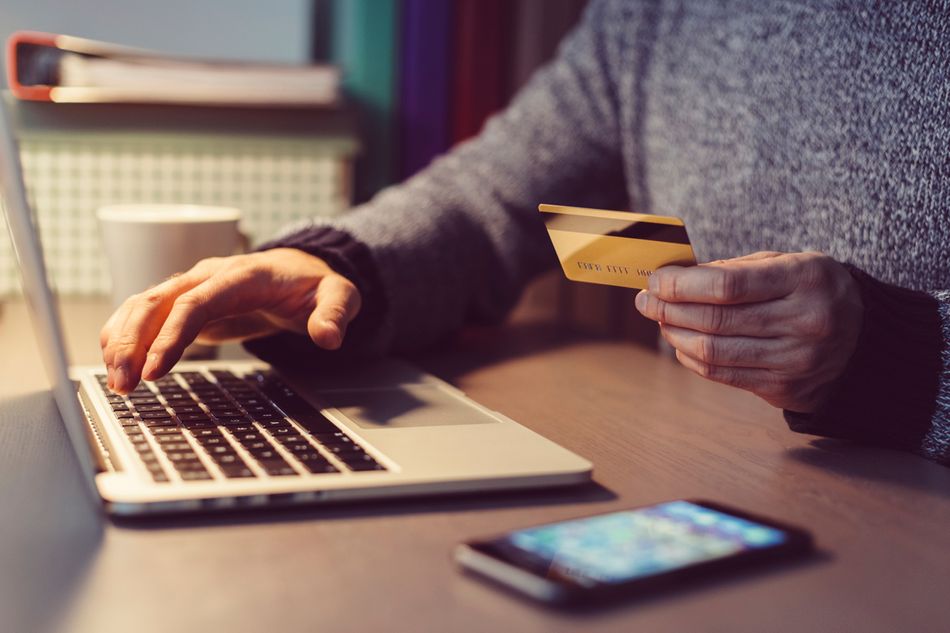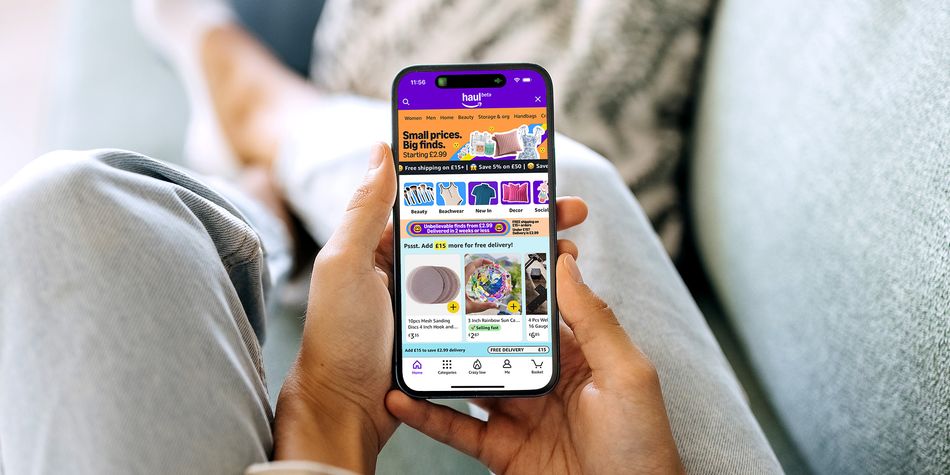At least two thirds of cosmetics we bought from online marketplaces are likely counterfeits
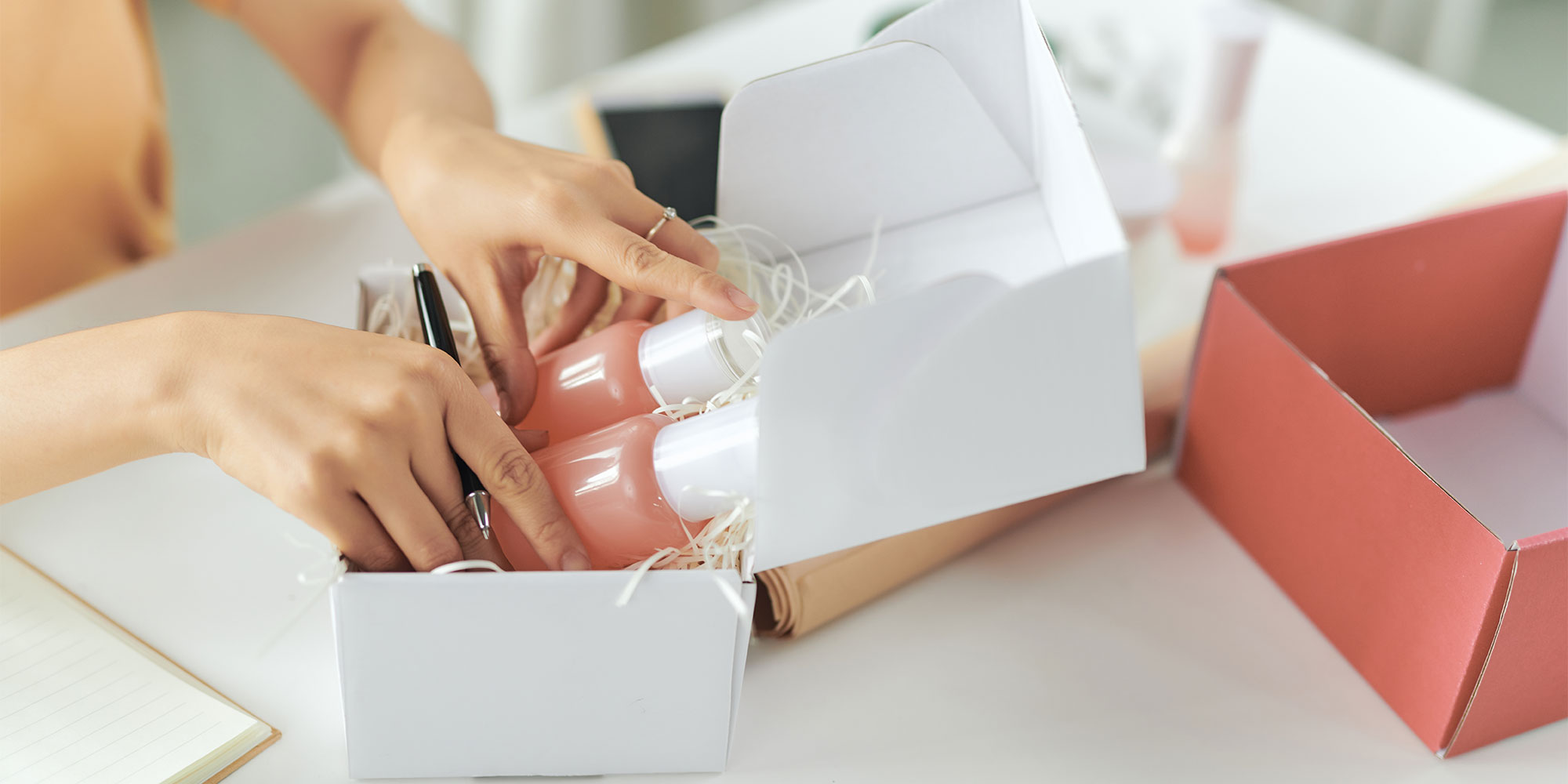
We bought 34 cosmetic products from third-party sellers on Amazon, eBay, Tiktok Shop and Vinted who had collectively shipped thousands of products, and found that at least two thirds of them were likely to be counterfeit products.
Our snapshot investigation uncovered a shocking number of apparent fakes, including:
- 4 out of 11 cosmetics bought from Amazon
- 8 out of 11 cosmetics bought from eBay
- 5 out of 6 cosmetics bought from Tiktok shop
- 6 out of 6 cosmetics bought from Vinted
Concerningly we don’t know what’s in these products or where they’ve come from. Counterfeits may have been produced in unsanitary conditions using cancer-causing and toxic chemicals such as arsenic, and using them could result in skin irritation or even chemical burns.
The trade of counterfeit products is illegal. It also has links to organised crime, with huge profit margins funding crime gangs and terrorist organisations, as well as testing trade routes for illegal goods.
Read on for more about our findings, and how to steer clear of these potentially dangerous fakes.
Which? is campaigning for stricter rules to prevent the sale of unsafe products. Sign our petition to protect online shoppers.
Video: how we discovered potentially dangerous cosmetics online
Find out how convincing counterfeits can look, and exactly why you should avoid them.
Counterfeit cosmetics for sale on marketplaces
We bought 34 skincare and make-up products from third party sellers claiming to sell items from eight well-known brands, including Charlotte Tilbury, La Roche-Posay, Maybelline and The Ordinary, and conducted visual checks on the packaging and products compared to genuine versions bought from a trusted source. At least two thirds appeared to be counterfeit.
We found differences in packaging including the font style, wording and logos, as well as differences in the consistency and smell of the product inside. While some were clear and easy to spot, others were more subtle. Despite scrutinising the products carefully against the originals, there were an additional five instances where we had concerns – including the low purchase price, volume sold or the other types of products listed by the seller – but ultimately couldn’t say for sure if they were fake.
Even for those that we suspected to be counterfeit, it was often only because we had the original to hand to directly compare, and in some cases, it was only on the second or third check that we spotted a counterfeit flag.
According to data from the Intellectual Property Office (IPO), almost one in three of those asked (29%) across the UK have purchased counterfeit goods in the past. Given how convincing some of the counterfeits in our investigation were, it's likely this number is higher.
It raises the question as to whether counterfeit cosmetics are being detected in their actual numbers, both in our investigation and beyond.
Cerave

We bought Cerave Resurfacing Retinol Serum from third party sellers on Amazon, eBay and Vinted. All three came in different packaging to the genuine product, and were missing the safety markings we’d expect to see.
It was difficult to get any serum out of the bottles using the pumps, and when we did it was different in consistency and colour. All three products appeared to be counterfeits.
Charlotte Tilbury Airbrush Flawless Setting Spray
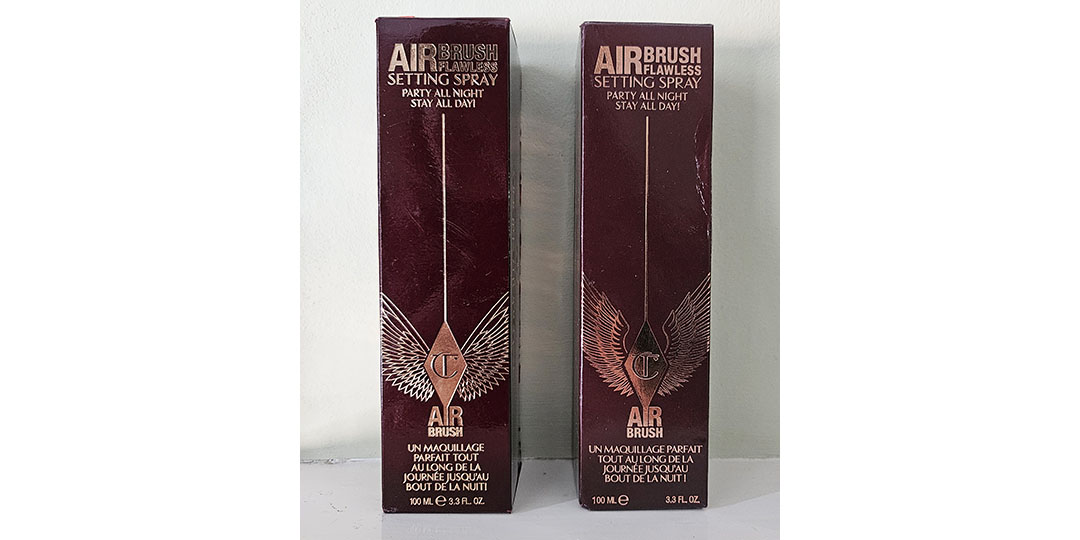
Normally priced at £32.99, we bought Charlotte Tilbury Airbrush Flawless Setting Spray for less than £24 from sellers on Tiktok Shop and Vinted, and for just £13.99 on eBay. More than 600 had been sold across eBay and Tiktok Shop.
It is obvious at a glance that these products are fake – the wording and logo are different to the original, although very similar to each other. The smell was also very different to the original product – which is described as having a fresh, floral smell – but was the same across all three products, suggesting that they’ve actually come from the same source.
The Charlotte Tilbury setting spray on Amazon was more convincing and we struggled to find differences in the packaging, but when compared directly with the real deal it had a cloying floral scent instead of the fresh smell of the original.
On Amazon and Tiktok Shop, there were customer reviews on the product listings saying that they had received a fake product. One Tiktok shopper had compared what they received to the original product and said ‘I think it’s fake… it doesn’t smell the same’.
Some sellers on eBay claim to list products bought from trusted wholesalers. We found Charlotte Tilbury Airbrush Flawless Setting Spray on a site called Asian Beauty Wholesale and the packaging seemed to be identical to the fakes that we bought.
La Roche-Posay
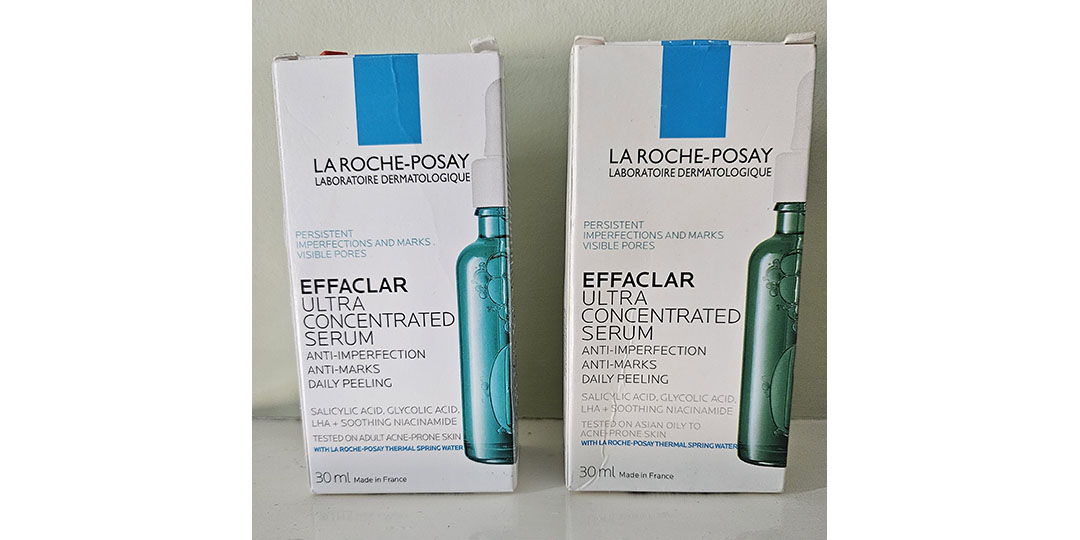
The La Roche-Posay Effaclar Serums that we bought from sellers on eBay, Tiktok shop and Vinted had a completely different consistency compared to the original, appearing either much cloudier or more translucent than the popular original and with different packaging.
One product, bought from Vinted for £12 compared to £40 for the real deal, smelt familiar – we suspect the bottle was filled with a cheap shower gel or shampoo. We believe that the products from Tiktok Shop and Vinted are counterfeit.
The packaging from the eBay sample appeared to be genuine, but we had several concerns because of the listing itself, including the price (£14.49) and the fact that 551 had been sold. We believe it's unlikely that a seller has this many genuine products to sell at such a discounted price.
The Ordinary
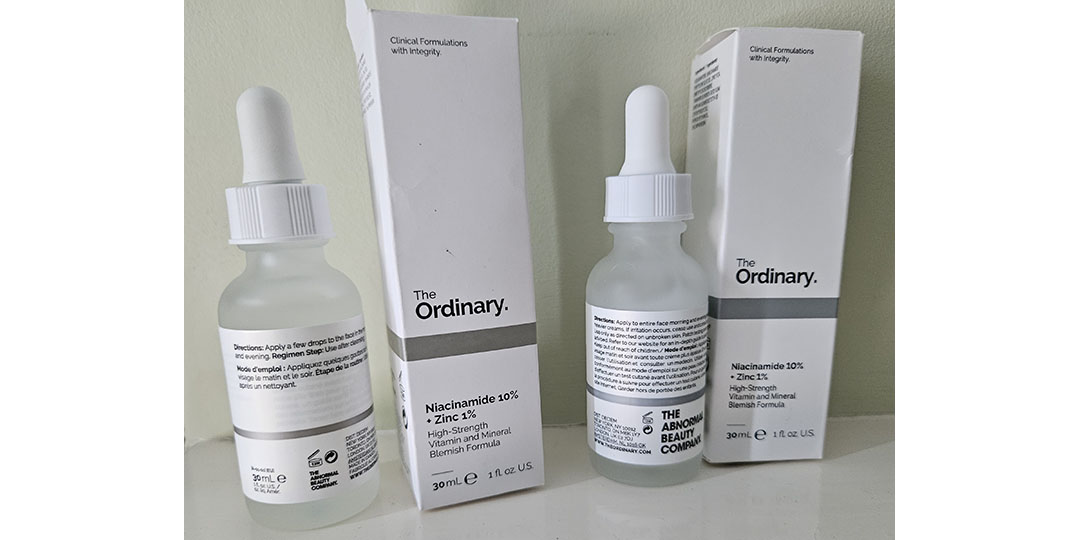
We bought The Ordinary Niacinamide serum from sellers on Amazon, eBay, Tiktok Shop and Vinted, and The Ordinary Hyaluronic Acid 2% + B5 from eBay. We believe that all of the products could be fake, although there were only minor differences for the product bought from Amazon.
The other products had more obvious differences, including the consistency and colour of the liquid in the bottle and different font printed on either the box or bottle (or both).
Skincare from The Ordinary is inexpensive, popular and widely available, but the Ordinary product listings were some of the most popular in our investigation – the two listings on eBay had sold more than 2,600 collectively and nearly 1,000 items had been sold via the listing on Tiktok Shop.
Maybelline Lash Sensational Sky High Mascara
This waterproof Maybelline mascara from Tiktok Shop had the wrong label on the bottom of the tube, and other inconsistencies in the design. It cost £8.07, compared to the usual £12.99 elsewhere – a red flag.
L’Oreal told us that it appeared the product could be counterfeit.
Discover more about unsafe products on online marketplaces and how to avoid them.
Case study: Vinted fails to take action against fake moisturiser

We spoke to one Vinted customer who bought a La Roche-Posay Cica Baume moisturiser on Vinted. When she opened it, she could tell straight away that it was fake as she had previously used the real version. In fact she thought that what was in the tube smelt suspiciously like sunscreen.
The Vinted user contacted the seller, who claimed that the product had been bought in Italy and so might smell different. The seller issued a refund without requesting the product back, but just a few weeks later had re-listed the same product using the same photos, suggesting they had a supply of the product just waiting to be sold.
The buyer reported it to Vinted, who said that the seller hadn’t violated community standards and so they wouldn’t take action against them.
When conducting our investigation, we contacted two buyers who had left reviews on a Vinted seller profile stating that the product they had received was fake. One had bought a Cerave serum, and the other had bought a Paula’s Choice BHA Liquid Exfoliant. Both had used the same products before so could easily spot the difference in the packaging and smell of the product.
Toxic ingredients found in counterfeit cosmetics
Fake cosmetics, perfumes and other beauty and hair products have been found to contain animal faeces and urine as well as cancer-causing and toxic ingredients such as arsenic, lead and mercury, according to Phil Lewis, Director General of The Anti-Counterfeiting Group.
‘Counterfeits are substandard and can pose a significant threat to consumer health. If you buy fake goods you can be sure they are untested, unregulated and could potentially be unsafe’, he told us.
‘The manufacturing and storage conditions for counterfeits in many cases are unsanitary. Items have been seized from warehouses with unsavoury waste products and rodent droppings nearby’.
One such seizure (conducted in 2021) saw officers from the North West Police Intellectual Property Crime Unit, working with the City of London Police's Intellectual Crime Property Unit, Trading Standards, Border Force and Immigration Enforcement, raid 55 units in Strangeways, Manchester, finding them stuffed full of counterfeit goods worth an estimated £500m.
Their discoveries included two counterfeit perfume factories, manufacturing equipment, and chemicals, including white spirit and screen wash, which were being used to manufacture fake perfume.
We've also found illegal levels of dangerous chemicals in home teeth whitening kits.
Using counterfeit cosmetics risks chemical burns
Genuine cosmetic products conform to strict laws that ensure they are safe to use. They undergo strict safety assessments, are manufactured under very specific conditions, and European and national systems ensure traceability of each product.
We spoke to consultant dermatologist Dr Aamna Adel to find out the risks of using cosmetics that aren’t produced under those conditions. ‘The best case scenario is that you receive an ineffective item, but with particular products the risk potential increases rapidly if they are incorrectly formulated’, she said.
‘I’ve heard of counterfeit sunscreen being sold on online marketplaces and the concern there is that there is simply no regulation or testing around the protection being offered – they may not offer any protection at all, increasing your risk of cancer or pigmentation if you end up sunburnt.’
‘When it comes to popular cosmetics it’s possible the producer is using some of the active ingredients, like glycolic acid or retinol for example, but without checks and controls on the formulation the potential for issues increases rapidly. Using too high a percentage of acid is potentially dangerous, and genuine retinol products carefully balance this powerful ingredient with chemicals such as hyaluronic acid. With counterfeits we would be concerned about skin irritation, skin infections and even chemical burns’.
Dr Adel has a Tiktok following of more than 1.8 million. When asked if she buys her skincare from online platforms she said that she doesn’t as she’s too nervous of the risk, and recommended buying from regulated or affiliated retailers. ‘I’d always go further and do more research to reduce the chance of harm’, she said.
The cost of counterfeits
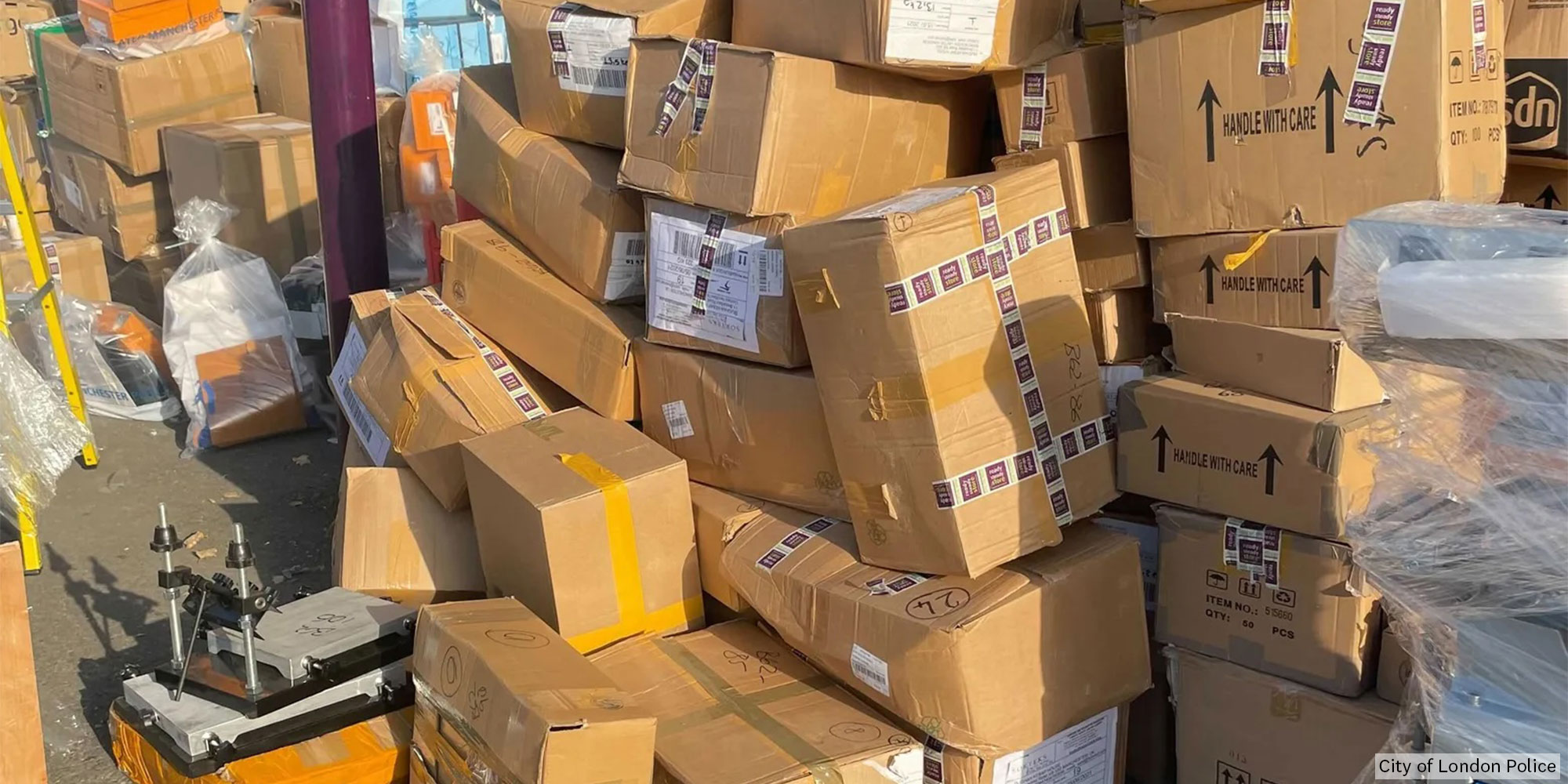
The beauty industry is booming, and it’s now valued in the many hundreds of billions worldwide. The impact of social media on this market is now substantial - popular influencers talking about the latest viral product or skincare trend can drive sales and create frenzies around products that see them flying off the shelves. For example, the hashtag for the Korean skincare trend on Tiktok has been used 1.7 million times.
‘If items are sought after by consumers, counterfeiters aren’t far behind’ says Phil Lewis.
But why do sellers bother touting products that are relatively inexpensive anyway? We were surprised to find products from brands like The Ordinary and Maybelline alongside higher end brands, often with only a small price difference. The prices look realistic, tempting shoppers in with a discount that appears to be real – the Ordinary Hyaluronic Acid we bought from eBay was £5.98 instead of the usual £8.80, and had sold nearly 1,900 times.
Phil Lewis explained, ‘the profit margins on fake items are extremely high and this means that criminal counterfeiters will manufacture both high end but also less expensive items’.
Counterfeit cosmetics have the potential to harm those that use them, and the trade in counterfeits is not only illegal but has far reaching implications.
The counterfeit goods trade is the second largest source of criminal income worldwide, second only to drugs. Huge profits are being handed over to crime gangs and even terrorist organisations, and the import of small batches of counterfeit goods is being used to test out routes for importing other illegal goods like arms.
UK a major destination for fakes
‘The UK remains a major destination for fakes and using the latest 2024 EU wide customs report as a comparative guide, we calculate that over 1.5 million perfume, cosmetics and body care items were seized', says Phil Lewis.
‘Using the same comparative data and calculation for the previous year, this was an increase from 860,000. The threat of counterfeits in this sector is growing fast’, he said. ‘China, Hong Kong, India and Türkiye have been identified by the OECD as the main provenance economies for counterfeit cosmetics, accounting for 78% of the number of global seizures in this sector.'
We analysed the number of products sold by the third party sellers we bought from on eBay, Tiktok shop and Vinted (by number of reviews). We found that collectively these sellers had sold more than 272,000 items, although not all were cosmetics. The products in our investigation had been sold at least 5,000 times.
Separately we submitted an FOI request to Border Force. It told us that 1,654 counterfeit cosmetics had been seized at borders between February and November 2024.
It is clear strong enforcement action is needed to shut down these sellers, but previous Which? research has shown that counterfeit goods and other crimes are not always being investigated in many parts of the UK because some Trading Standards services have deprioritised this area.
Which? is calling on the government to urgently prioritise reform of the consumer enforcement system. The Product Regulation and Metrology Act, which became law this week, may pave the way for new laws that could clarify and strengthen responsibilities for online marketplaces, but to be truly effective these will require a reformed enforcement system that's fit for the 21st century.
How to avoid counterfeit cosmetics online
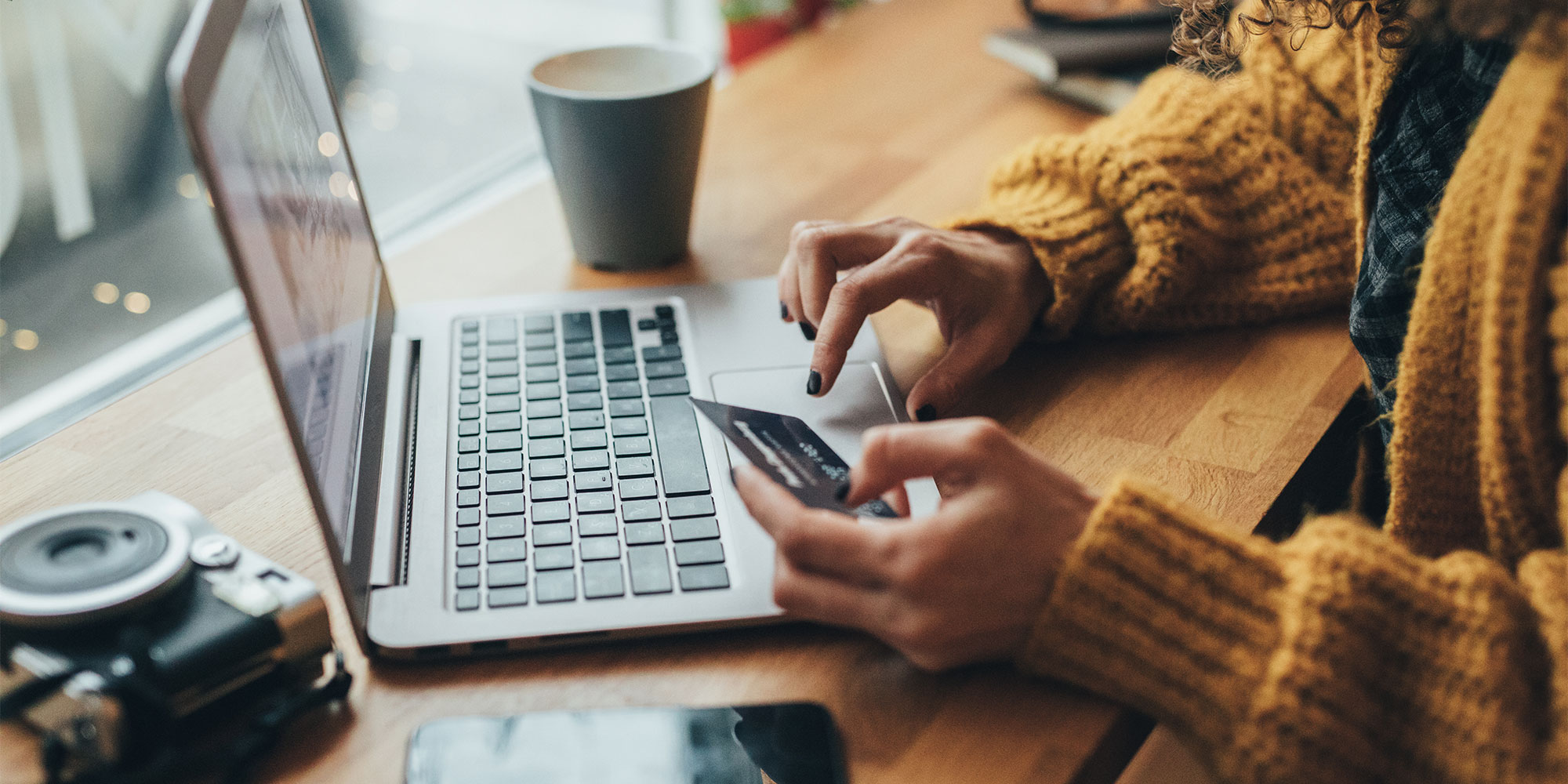
Follow these tips to reduce the risk of buying counterfeit products online.
- Buy direct or from an affiliated retailer – the safest way to buy cosmetics products online or in-store is to buy directly from the brand website, or one of their affiliated retailers or approved stockists. Some brands also sell via online platforms, Maybelline and The Ordinary have stores on Tiktok Shop for example.
- Be wary of popular products – be especially careful when buying particularly popular products or those that have sold out elsewhere. Where there’s high potential for a sale, bad actors usually aren’t far behind to take advantage.
- Check product and seller reviews– we searched within the reviews of products and sellers on online marketplaces, and in many cases found other buyers flagging issues with fake products. Keep in mind that bad actors may also use fake positive reviews to hide negative ratings, so be sure to read reviews from a variety of star ratings.
- Check who is dispatching the product – if you find a good price on an online marketplace then it’s understandable that you’d like to go ahead and buy. We recommend checking who the product is being dispatched by before buying, for example products on Amazon or Tiktok may come either directly from the seller or be distributed by the platform. While this isn’t a guarantee, it is an extra barrier between sellers and buyers.
Keep an eye on the latest product recalls and safety alerts from Which?
The marketplaces and brands respond
We shared our findings with the marketplaces and brands included in our snapshot investigation.
Amazon said it has a zero-tolerance approach to counterfeits and has measures in place to prevent them. It said that third party sellers are independent businesses and are required to follow all applicable laws and Amazon's policies when listing items for sale on the marketplace. It has removed three of the items we flagged while it investigates.
eBay said the sale of counterfeits is strictly prohibited and that it uses a combination of technology and trained investigators to ensure goods sold on its platform are authentic and safe. It said it proactively blocks millions of counterfeit items from being sold on its platform every year.
TikTok said 'The sale of counterfeit items is strictly prohibited on TikTok Shop. From July to December last year, we proactively blocked over 7 million violative listings to protect customer trust and safety, and we will remove any items that breach our policies.'
Vinted told us selling counterfeit items is strictly prohibited, that it has policies in place to protect its members and encourage them to report any account violating its guidelines, and is committed to fighting this issue.
L'Oreal Groupe, which includes Cerave, La Roche Posay, L’Oreal and Maybelline said that it takes this threat very seriously, and is committed to fighting counterfeits to protect consumer health and safety and brand integrity. It actively collaborates with law enforcement agencies worldwide and with online platforms to identify and seize counterfeit products.
The Ordinary and Charlotte Tilbury have not responded to a request for comment at the time of publication.


